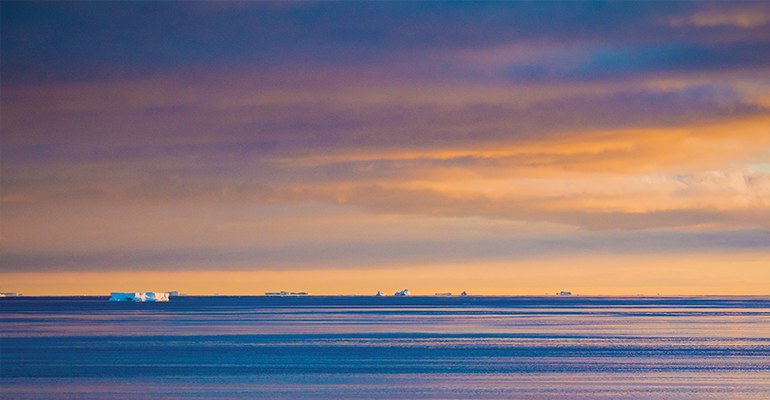- Processes & Observations
Research Programme
- Jocelyn Turnbull
GNS Science - View the full team
Project Lead
-
Budget
$197,000 -
Duration
3 years over two Antarctic winters
-
Completed project
Carbon dioxide & the Southern Ocean
Seasonality of Southern Ocean dynamics from Antarctic radiocarbon observations
It’s common knowledge that burning fossil fuels releases carbon dioxide into the atmosphere and contributes to climate change. It’s less well-known that only about half of it stays there. Plants, soil and oceans all act as “carbon sinks” absorbing and storing carbon dioxide from the atmosphere.

The Southern Ocean is one of the largest and most important carbon sinks in the world, taking in roughly 15 percent of global carbon dioxide emissions. By measuring a unique isotope called radiocarbon, this fact can be used to our advantage. We collected air samples from Arrival Heights in Antarctica, Baring Head in Wellington, and on ships travelling between New Zealand and Antarctica (much easier than collecting samples during the Antarctic winter). Together with information gathered from tree rings in New Zealand’s Sub-Antarctic islands, we used these samples to determine information about circulation in the Southern Ocean that we can’t obtain any other way.
This has resulted in a better understanding of the Southern Ocean’s processes, improved simulations by the NZ Earth System Model and more accurate predictions of New Zealand’s climate. Because the Southern Ocean is the biggest carbon sink in the world, and ocean circulation plays a big role in this climate system, this research will also have a substantial impact on international research and global climate modelling.
This project in the media:
-
Jocelyn Turnbull
GNS Science